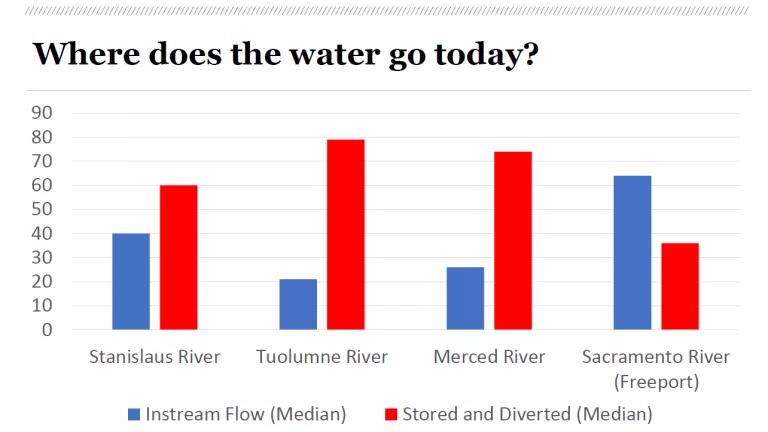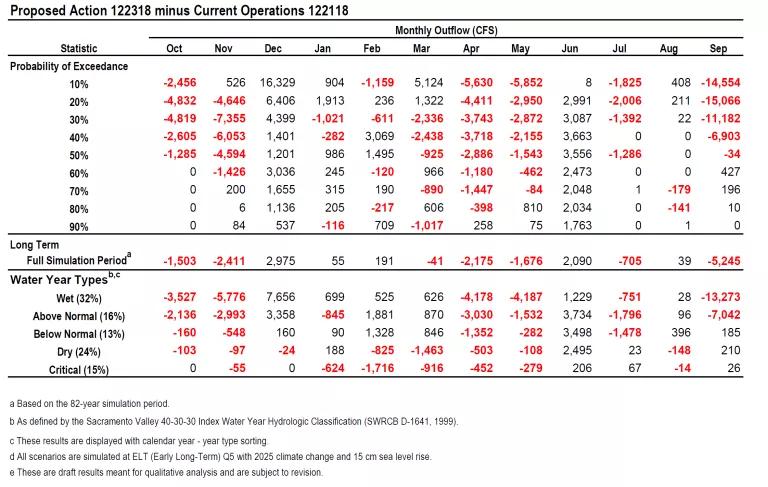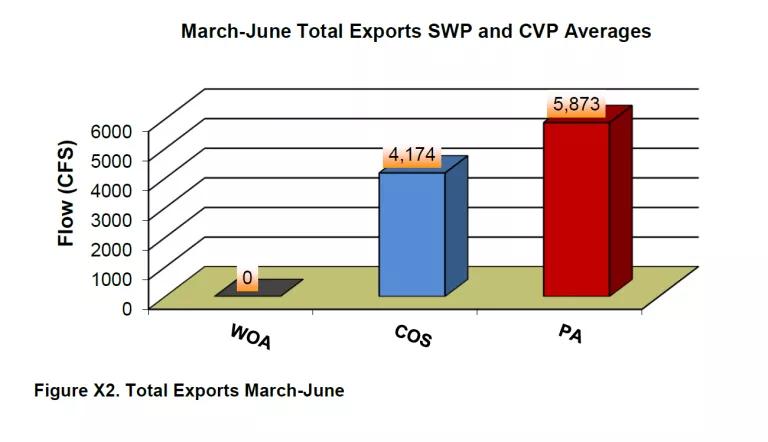
It’s becoming clear that the voluntary settlement agreements presented to the State Water Board last December as part of the so-called “grand bargain” were nothing more than smoke and mirrors. Those agreements purported to increase flows in our rivers and through the Delta and to propose significant new investments in habitat restoration. However, recently released modeling data indicates that the voluntary settlement agreements announced last year would result in less water flowing through the Delta than today, and publicly available information shows that the agreements were largely double-counting habitat restoration projects that are either already required or planned using public funds.
There’s no question that we need to increase protections for California’s rivers and Bay-Delta estuary if we’re going to prevent the extinction of our native fish and wildlife, sustain thousands of salmon fishing jobs in California, and restore the health of the largest estuary on the west coast of the Americas. For example, on average nearly 80% of the water that would flow in the Tuolumne River is diverted, with as much as 90% diverted in drier years, devastating the river’s historic salmon runs.
As a result, in December the State Water Board adopted new standards that would largely maintain existing flows in the Stanislaus River and would nearly double flows in the Tuolumne and Merced Rivers, even though those standards are significantly less water than scientists with state and federal agencies have concluded is needed. In addition, last July the State Water Board released a Framework of its proposal to increase Delta outflow by 1.3 million acre feet per year on average, which also would require better management of upstream reservoirs to prepare for droughts and the adoption of pumping restrictions in the Delta similar to those in effect today.
In the waning days of the Brown Administration, some officials touted the voluntary settlement agreements as an alternative to the State Water Board adopting its long-studied and long-anticipated flow standards. Yet as the Trump Administration moves to eviscerate environmental protections in the Bay-Delta, modeling by the U.S. Bureau of Reclamation demonstrates that the combination of the voluntary flow settlements and these rollbacks of protections for endangered species would actually increase water diversions from the Delta and reduce the amount of water flowing through the Delta—the opposite of what the scientific evidence shows and of what the State Water Board has concluded is needed.

For instance, rather than significantly increasing Delta outflows in the February to June period as proposed in the State Water Board’s Framework, this table from the Bureau of Reclamation's January 4, 2019 draft biological assessment shows that in most years Delta outflows would be significantly reduced in those months (the red numbers show flows would be lower than today). While some farms and cities upstream of the Delta would contribute to very modest increases in flow under this proposed settlement, the figure below from the Bureau's draft biological assessment shows that the CVP and SWP would increase exports from the Delta and divert that water and more under their proposal (the blue bar is exports under existing regulatory requirements, the red bar shows higher exports under the voluntary settlement and Trump Administration's proposed environmental rollbacks, and the black bar shows zero exports under the Bureau's hypothetical baseline that assumes that the CVP and SWP do not divert any water).

It has also become apparent that most of the habitat restoration projects proposed to be included in the voluntary flow agreement are already constructed, already required by existing permits, or already planned using public dollars. The Sacramento Bee exposed some of this double-counting earlier this year, noting that many of the habitat restoration projects identified in the agreement were already constructed or required. Together with other conservation groups, we compiled this working draft document that identifies whether the habitat restoration projects in the proposed agreement are already required or planned using existing funds. The document indicates that the vast majority of these projects are not new projects, and instead, appear to be simply a repackaging of existing commitments and planned projects. Most of these projects would occur in the absence of the proposed voluntary settlement agreement, and they should be included in the baseline in the State Water Board’s analysis.
With less water than today and a set of old habitat restoration projects wrapped up in a new package, the voluntary settlement agreements presented in December appear to be nothing more than smoke and mirrors.
This is not to say that voluntary agreements in the abstract are unworkable—but the details matter. In particular, voluntary agreements could be an important tool to help regions reduce their reliance on the Bay-Delta. A Portfolio Approach to voluntary agreements would significantly increase flows (and divert significantly less water from the Delta) in all but wet years, and pair those new flows with investments in: (1) local and regional water supply projects like groundwater recharge, water recycling, expanding San Luis Reservoir, and improved water use efficiency; and, (2) floodplain restoration, which provide multiple benefits including reduced flood risks. Effective voluntary agreements should not use the failed approach of D-1641, which has more loopholes than Swiss cheese, but instead should be based on a modified percent of unimpaired flow approach that clearly defines the amount of water available for the environment, establishes minimum flows, and gives fishery managers some flexibility to shape flows to achieve specific functions. And any such agreements also need to include improved reservoir management rules (to ensure adequate water for people and the environment during future droughts), and reasonable restrictions on operations of the state and federal water projects in the Delta (to ensure that increased flow upstream of the Delta isn’t just exported by Westlands and Southern California, and which stops the Trump Administration from driving native Delta species extinct).
Real agreements to restore the health of the Bay-Delta need to include real water and real habitat restoration, not the smoke and mirrors that were unveiled in December.
